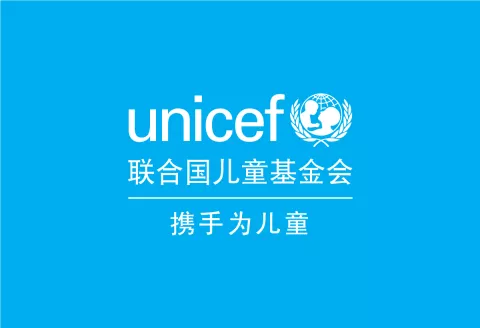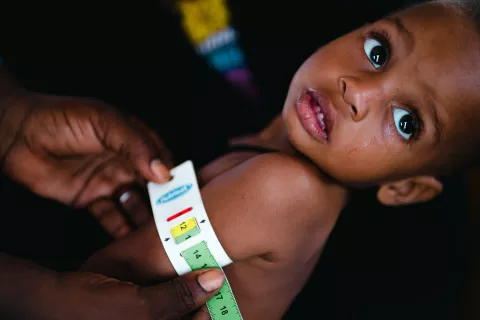Welfare for Every Child
Welfare for Every Child
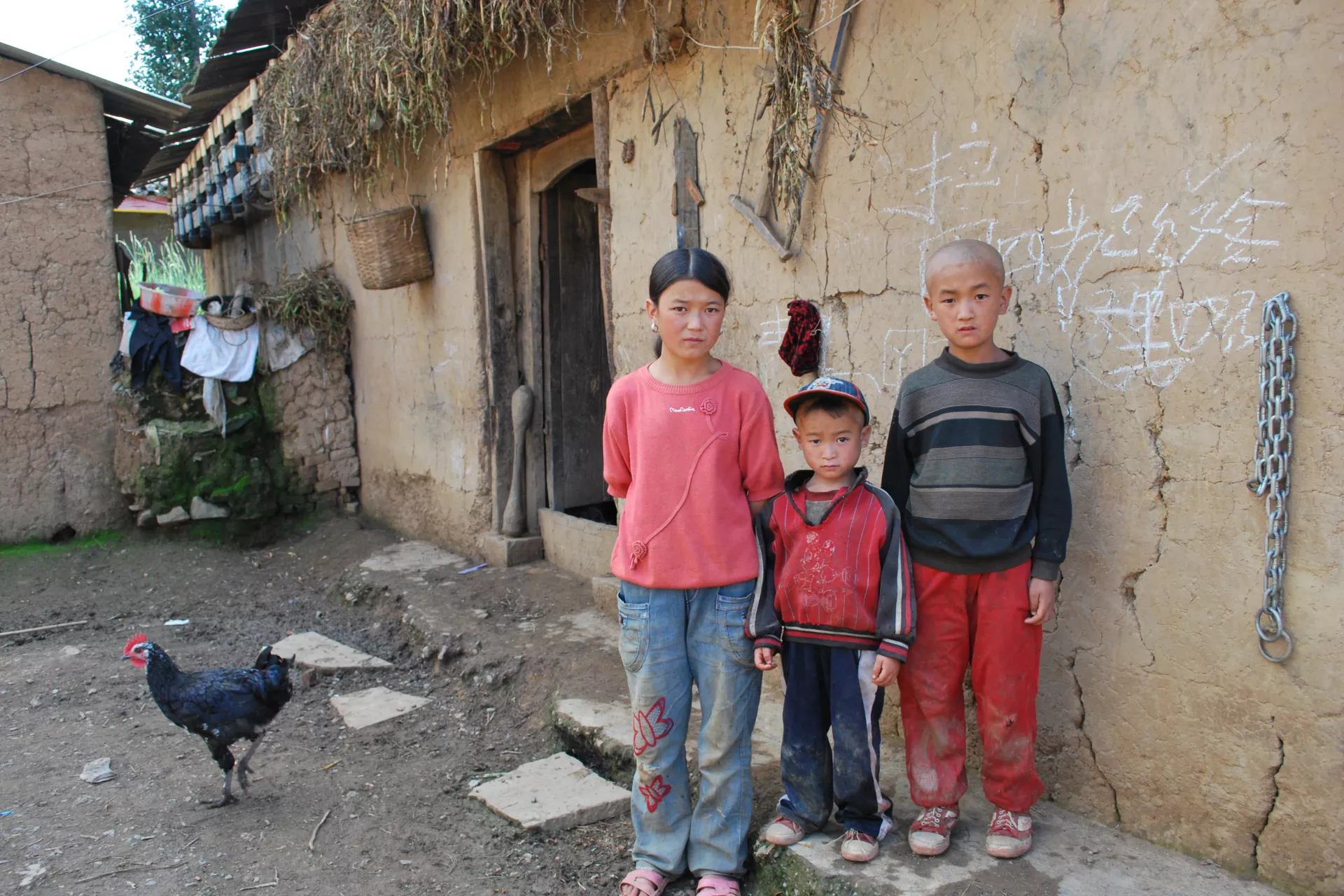
- Available in:
- 中文
- English
Darkness and silence enveloped rural Butuo County as night fell. The headlights of a passing car sliced through the fog that shrouded the mountain roads, revealing men and women, young and old, dressed in ragged woollen robes sitting in circles on the road.
This is nightlife for many in Butuo County. Compared with the dirt ground in their mud-brick houses, sometimes shared with livestock, the concrete road perhaps seems a more decent place for gatherings with friends and neighbours.
"My family doesn't have a TV set. The electricity is out every other day so I have to finish my homework before sunset. When the night falls, we normally have no entertainment but go to bed,” fifth-grader Cheyi, aged 13, said.
In the daytime, many school-aged children, mostly girls, carry their infant siblings on their back or, like 10-year-old Ayi, they carry a hoe on their shoulder, walking with their neighbours to cultivate land in the mountains. Ayi never went to school, cannot write her name and can only speak the ethnic Yi dialect.
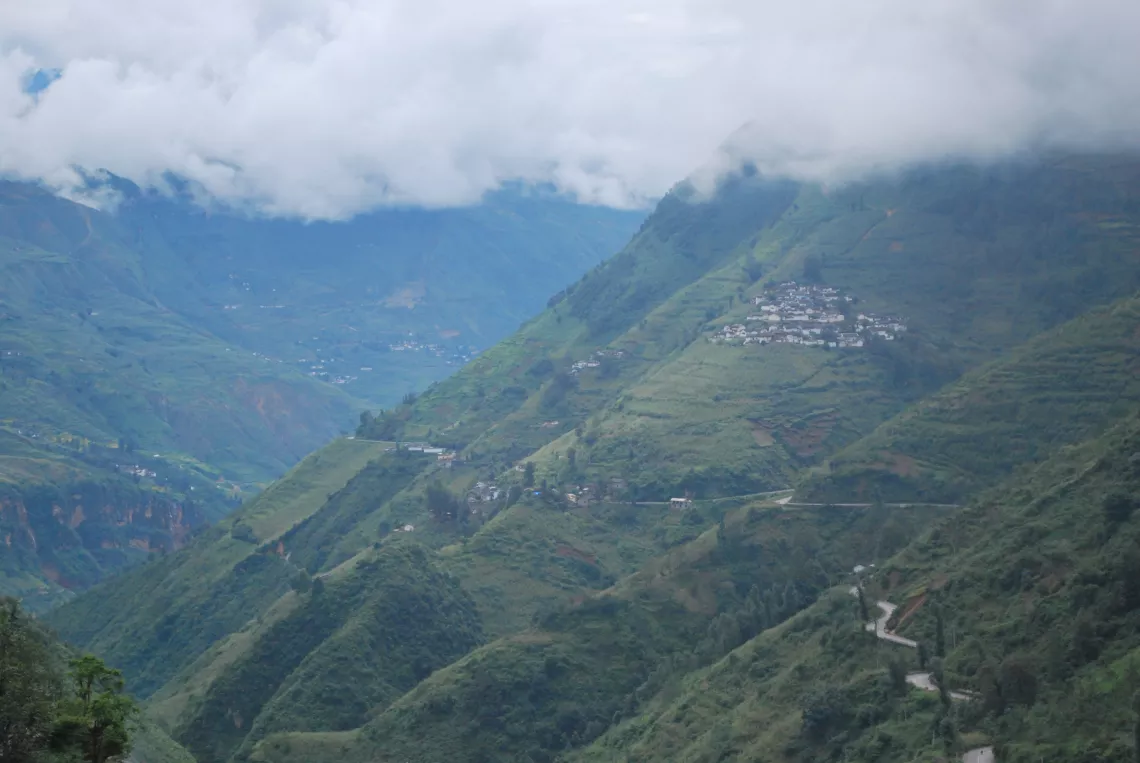
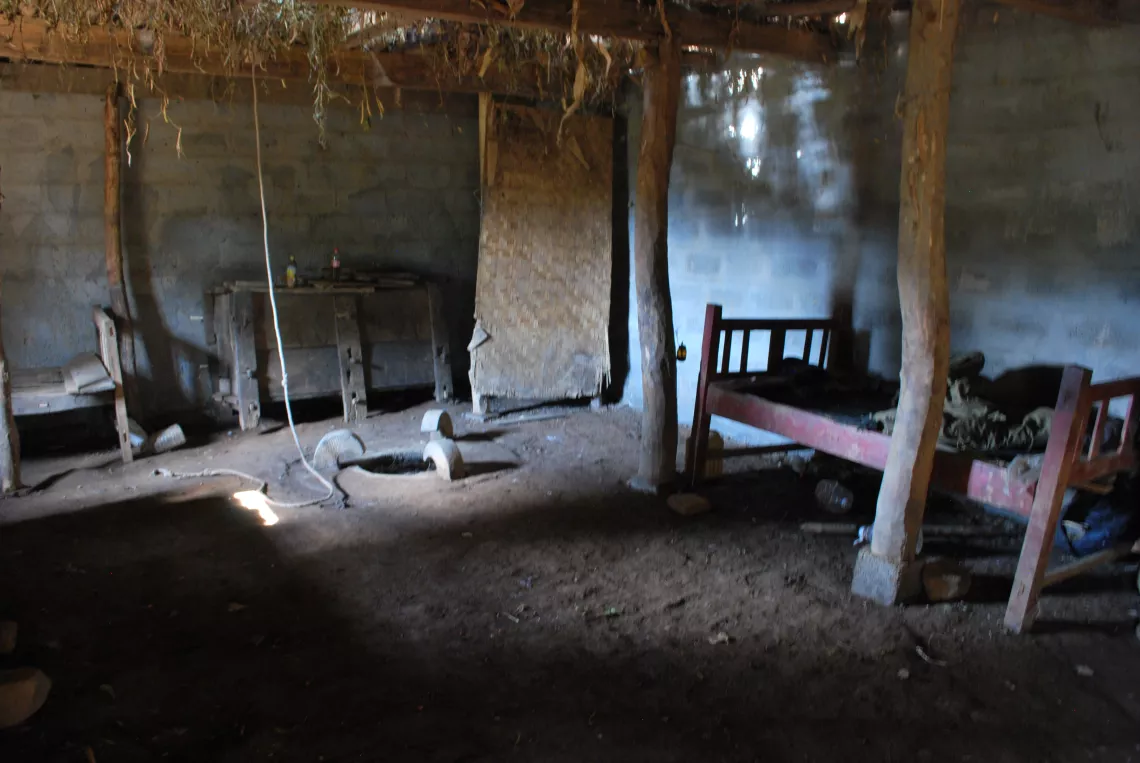
In Jiudu Village, 13-year-old Jiwu's day begins with cooking potatoes for her two younger brothers. The three orphans live by themselves in a dilapidated house. Few people visit them except for their aunt, who comes once in a month to bring them some food.
"All around the year, we eat potatoes. About twice a month, we may have some rice,” Jiwu said. She dropped out of primary school to take care of her two siblings, aged 4 and 10. They huddle together in a single bed at night and keep a dog in the yard.
Those are the snapshots of daily life for many children living in the mountains of southwest China's Liangshan Yi Ethnic Autonomous Prefecture, in Sichuan Province.
Since the 1950's the local Yi ethnic group has advanced significantly from the “slavery” culture that had prevailed for centuries. Even so, today, many families are living in extremely remote deprived conditions and practice an antiquated system of agriculture.
More than half of the rural population in Butuo County live under the national poverty line of 1,196 yuan ($178) per person per year. Official statistics show that in Liangshan, only 74% of the enrolled primary school students finished their study in 2007, compared to the national average of over 99%; the hospital delivery rate stood at 38.5%, compared to the national average of 88%.
The County is also on the drug smuggling route from the Golden Triangle to inland China. The prevalence of drug abuse has led to a high HIV incidence rate of around 7 percent among the general population in 2008, according to local disease control officers. The situation has impacted children especially hard with reports that some children were exploited to carry drugs.
Yet, Butuo County, together with nine other counties in Liangshan as well as Henan, Shanxi, Yunnan and Xinjiang provinces, are now in the forefront of a pioneering project that may usher in, as Mr. Wang Zhenyao, former Director-General of the Ministry of Civil Affairs put it, “China's age of child welfare.”
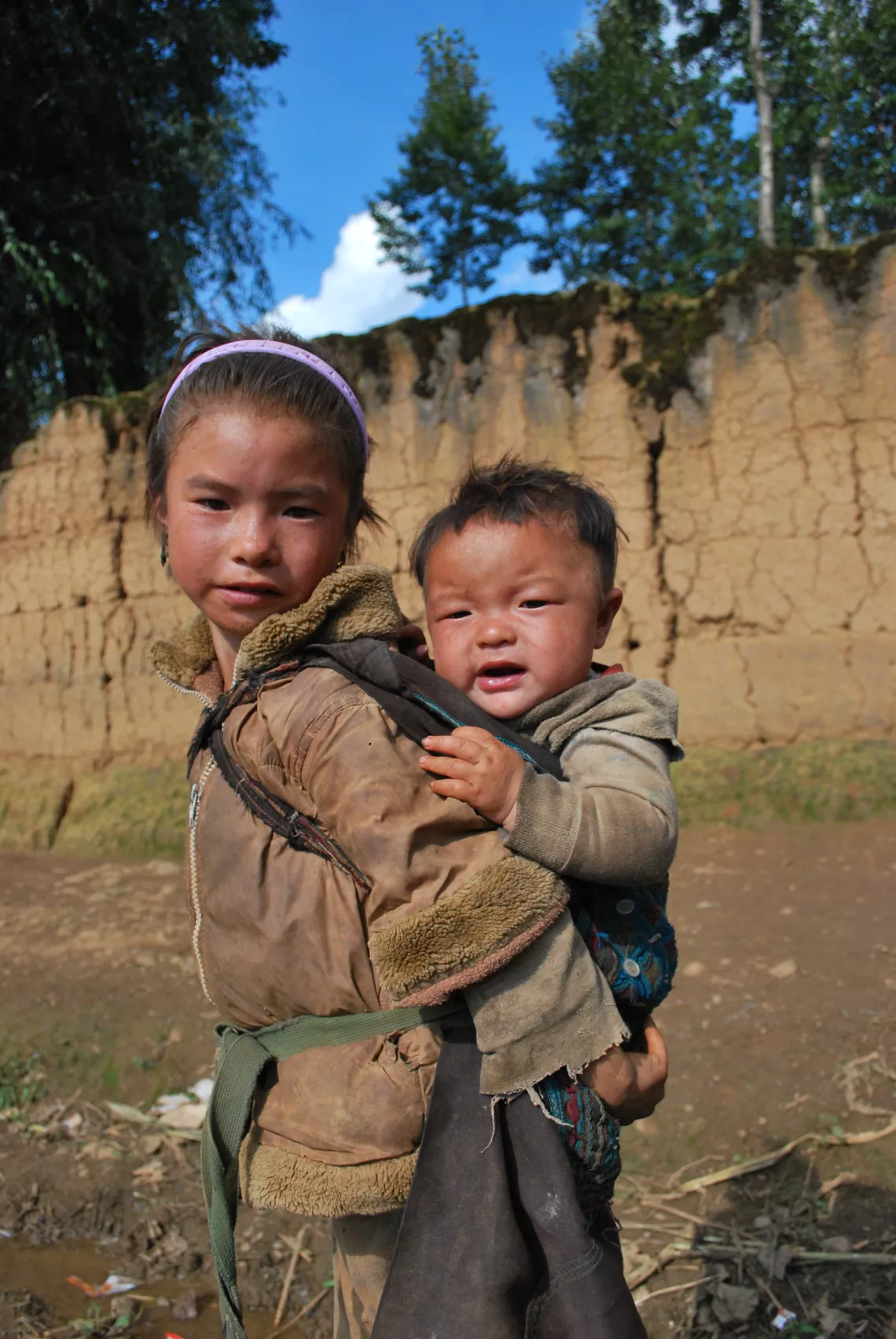
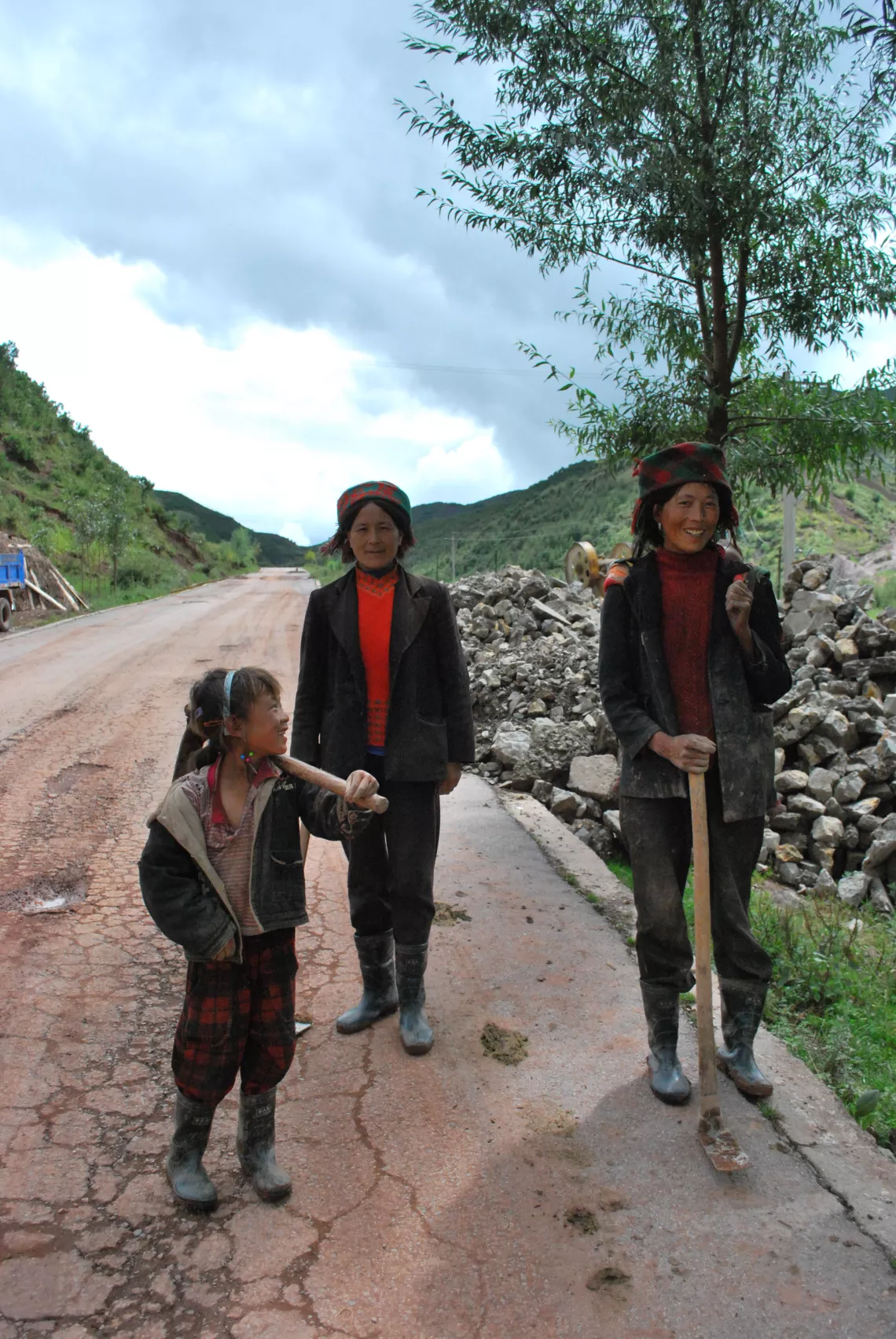
Reaching the most vulnerable
In May 2010, the Ministry of Civil Affairs (MCA) and the United Nations Children's Fund (UNICEF) jointly launched a six-year "China Child Welfare Model Project” in 120 villages.
The project, the first of its kind in China, aims to set up a child social welfare network that reaches down to the village level. It is inspired by China's experience with the “barefoot doctors” and citizen-managed teachers outreach programmes in remote rural communities where trained professionals could not reach. Each project village will have a child welfare director who will monitor the vulnerability of local children and provide assistance, including living, medical and educational arrangements and support, income generation and vocational training, protection and psychosocial support.
"China's social welfare reform lags far behind other developing countries. The most important challenges for China are the social welfare systems for the children and the elderly,” Mr. Wang Zhenyao said.
"Through this programme, We hope to provide the best practices in terms of service delivery, financial investment and staffing to help the Government develop child welfare policies that can benefit all children in the country.” Ms. Xu Wenqing, UNICEF China specialist said.
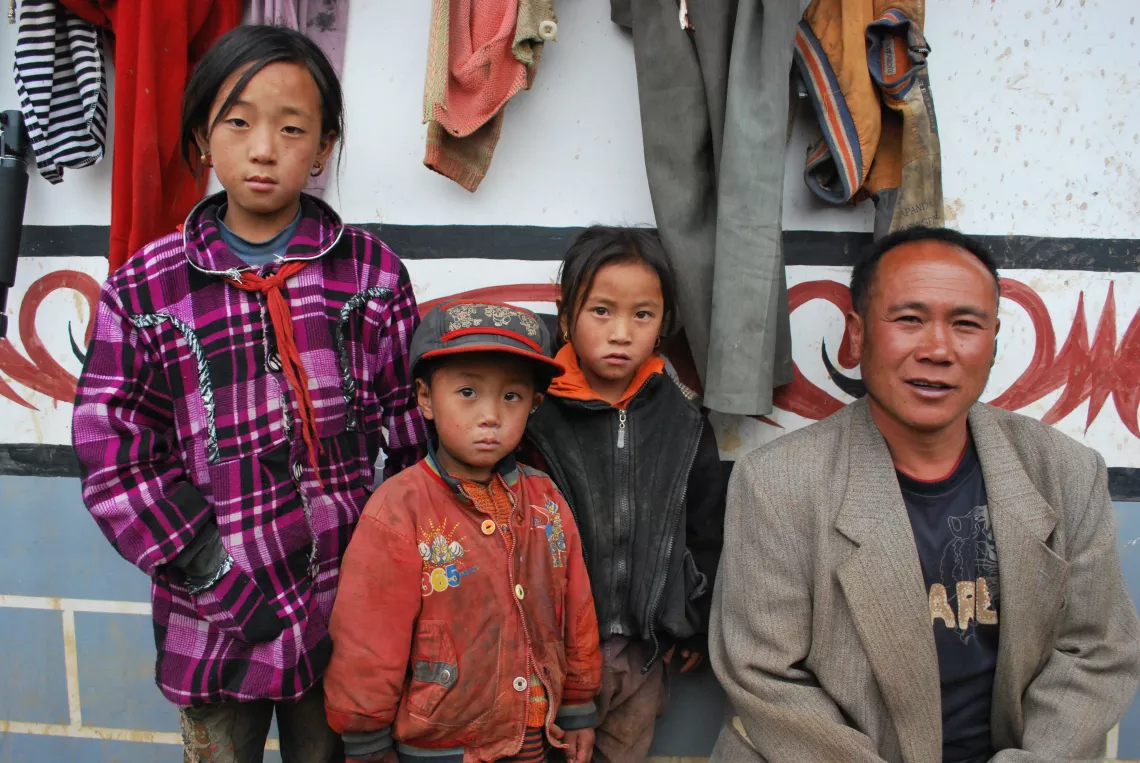
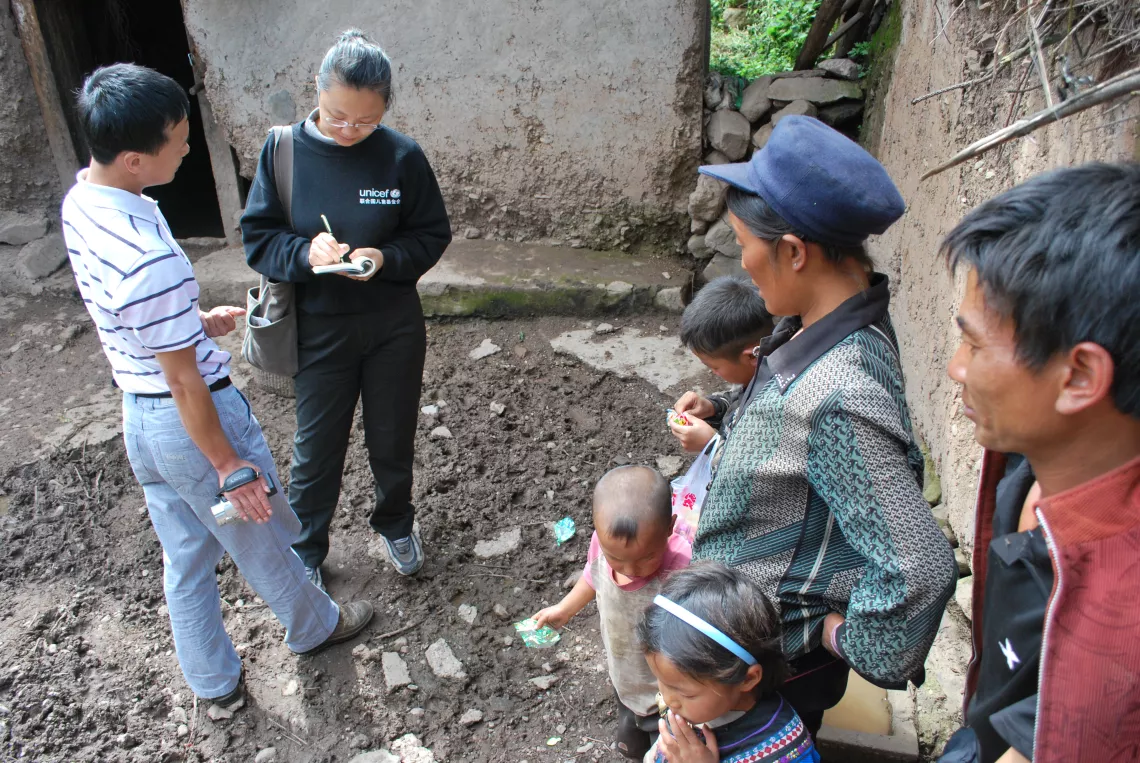
Prioritizing education
For the more than 10,000 children in the 30 project villages of Liangshan Prefecture, changes have already come. Every year, the project will allocate about 112 yuan of non-cash assistance for each child, according to Ms. Xu Wenqing.
Children's biographical and family information have been collected to assess their vulnerability and to identify those in need of special care, such as orphans, children without family care, children affected by HIV/AIDS, school dropouts, children with sick parents and children in poverty.
"The village child welfare directors can then provide assistance to the children according to their specific needs,” Xu said.
"Through the survey, we also found more than 1,200 children without birth registration. The project officers have worked with local public security bureaus to help them get Hukou so that they can be covered by low-income subsidies and other social services,” Gao Yurong, a project expert, said.
According to Mr. Wang Zhenyao, MCA is expected to issue policies to provide a living subsidy of 600 yuan for every child without parental care by year-end. The UNICEF-supported survey has facilitated the identification of children in the project villages qualified to receive the subsidy.
In view of the massive needs of children in Liangshan Prefecture, Ms. Xu Wenqing admitted that it will require concerted efforts from all sides and years to bring in fundamental changes. “And the key lies in education,” she said.
"I like going to school but my mother died when I was seven and my father has been sick for years. I have to do the housework and farm work. I want to be a doctor but if I can't receive any help, I may have to drop out of school and farm the land like the other girls in my village,” Jike Aga, aged 13, said.
In Jinyang County, child welfare directors in ten project villages recently sent 75 drop-outs back to school in September, when the new school year began, according to Mr. Zhou Jiefeng, project officer of the Department of Civil Affairs.
"After six years, we hope this project can bring changes not only to each individual child in the project villages, but also to the entire Country's social welfare system and policies.” Xu said.


